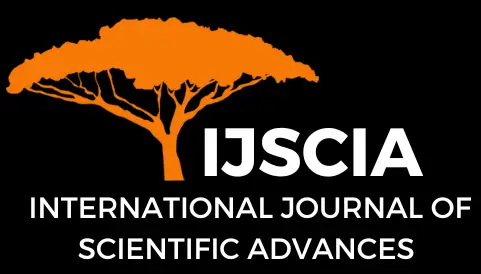Nifedipine Effectiveness in Treating Hypertension Disorders of Pregnancy: A Literature Review
Riza Salsabila Fitri1, Meity Ardiana2,3*
Abstract
Hypertension Disorders of Pregnancy (HDP), defined by systolic blood pressure ≥140 mmHg or diastolic ≥90 mmHg, is a leading cause of maternal and fetal mortality, with severe cases marked by systolic ≥160 mmHg or diastolic ≥110 mmHg. HDP leads to significant complications such as preeclampsia, HELLP syndrome, and long-term cardiovascular risks for mothers. Management of HDP is crucial, and nifedipine, a calcium channel blocker, is commonly used as a first-line treatment due to its rapid onset and effectiveness in reducing blood pressure. Studies show nifedipine lowers blood pressure faster and is more tolerable than other antihypertensives like labetalol and hydralazine. However, it can cause side effects such as tachycardia, headache, and potential fetal complications, including lower birth weight. Despite these risks, nifedipine remains a preferred treatment option for managing HDP.
Keywords
nifedipine; hypertension disorders of pregnancy; management; effectiveness; side effects.
Cite This Article
Fitri, R. S., Ardiana, M. (2024). Nifedipine Effectiveness in Treating Hypertension Disorders of Pregnancy: A Literature Review. International Journal of Scientific Advances (IJSCIA), Volume 5| Issue 6: Nov-Dec 2024, Pages 1629-1634, URL: https://www.ijscia.com/wp-content/uploads/2024/12/Volume5-Issue6-Nov-Dec-No.781-1629-1634.pdf
Volume 5 | Issue 6: Nov – Dec 2024


